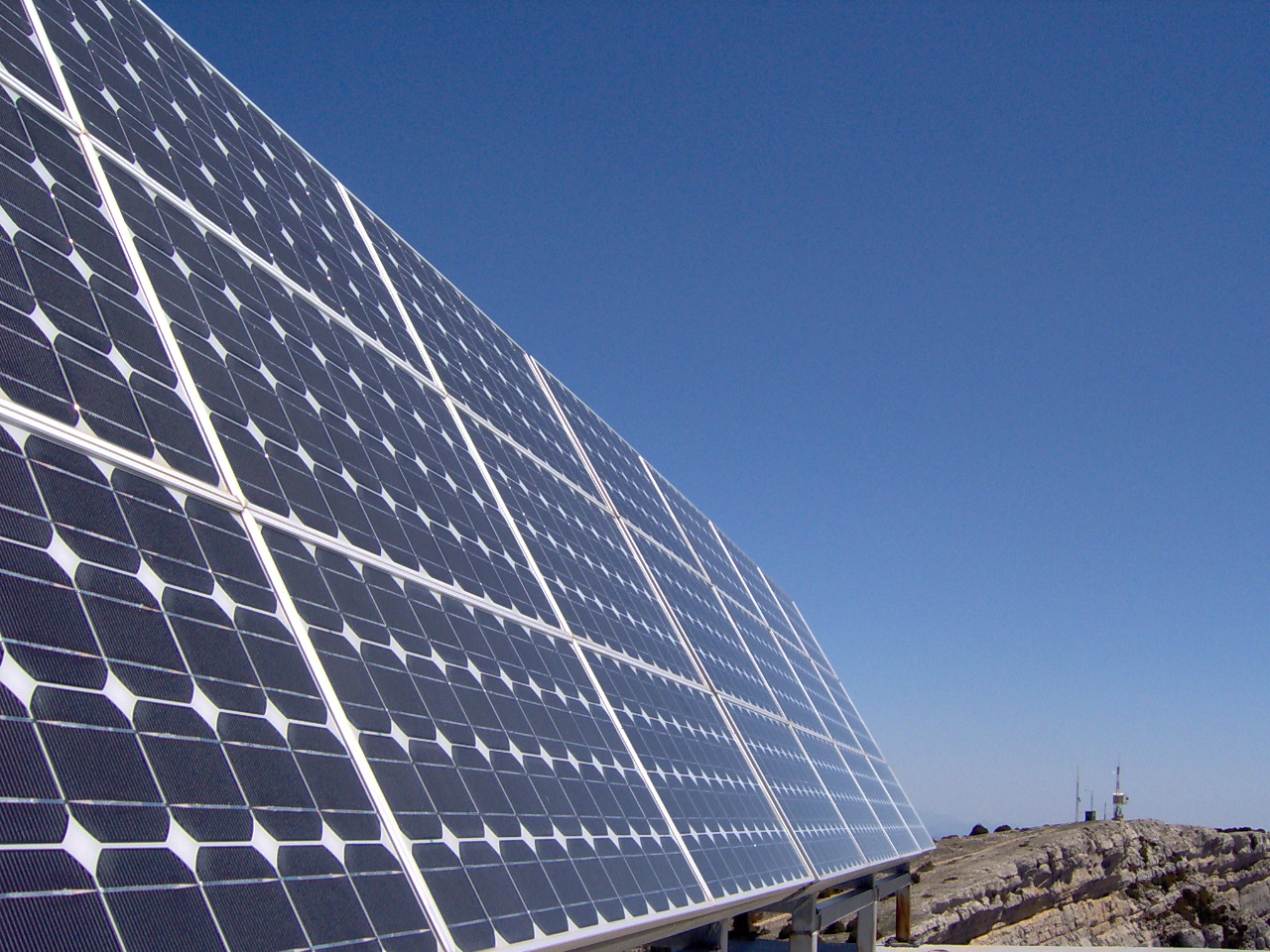Harvesting Waste Heat Could Boost Photovoltaic Power: Scientific American


Engineers at Stanford University may have developed a way to double or triple the efficiency of solar power, in a potential breakthrough that could drop the price of solar-generated electricity to a level more competitive with fossil fuels.
Stanford’s Department of Materials Science and Engineering published a paper in the journal Nature Materials yesterday that claimed researchers there have managed to prove in laboratory tests that heat usually lost in the solar generation process can be saved by improving semiconductors.
By coating semiconductors with the metal cesium, parabolic solar dishes operating at high temperatures can retain heat from unused sunlight and avoid inefficiencies that occur after solar energy reaches a given cell, said Nick Melosh, an assistant engineering professor at Stanford.
The efficiency of a traditional rooftop solar panel tends to break down by the time temperatures have reached 100 degrees Celsius, but larger-scale parabolics would be able to operate at much higher temperatures and retain the heat by using the cesium-coated semiconductors, Melosh said.
The technology — dubbed “photon enhanced thermionic emission,” or PETE, for short — would work best in solar concentrators like parabolic dishes that can reach 800 degrees Celsius. It would not work with traditional solar rooftop panels.
“The light would come in and hit our PETE device first, where we would take advantage of both the incident light and the heat that it produces, and then we would dump the waste heat to their existing thermal conversion systems,” Melosh said. “So the PETE process has two really big benefits in energy production over normal technology.”
Melosh added that his team has been approached by several venture capital firms about the idea, though no deals have yet been struck. Stanford owns the patent on the technology, and researchers like Melosh stand to gain a percentage of the profits if the university sells the idea.
One potential roadblock is the instability of certain materials at high temperatures. The material “that we need to use is not terribly stable at high temperatures,” said Melosh, noting that his team is working on the problem.
“We’ve shown the proof of principle; we’ve done the experiments,” he said. “But we’re not about to launch a product.”
Melosh added that no more water is needed with the PETE device than with other solar technologies currently in play in California and elsewhere. In California especially, water consumption by solar plants is a big concern, and regulators have pushed developers to adopt the most efficient water saving methods available.
Harvesting Waste Heat Could Boost Photovoltaic Power: Scientific American By Colin Sullivan and Climatewire









